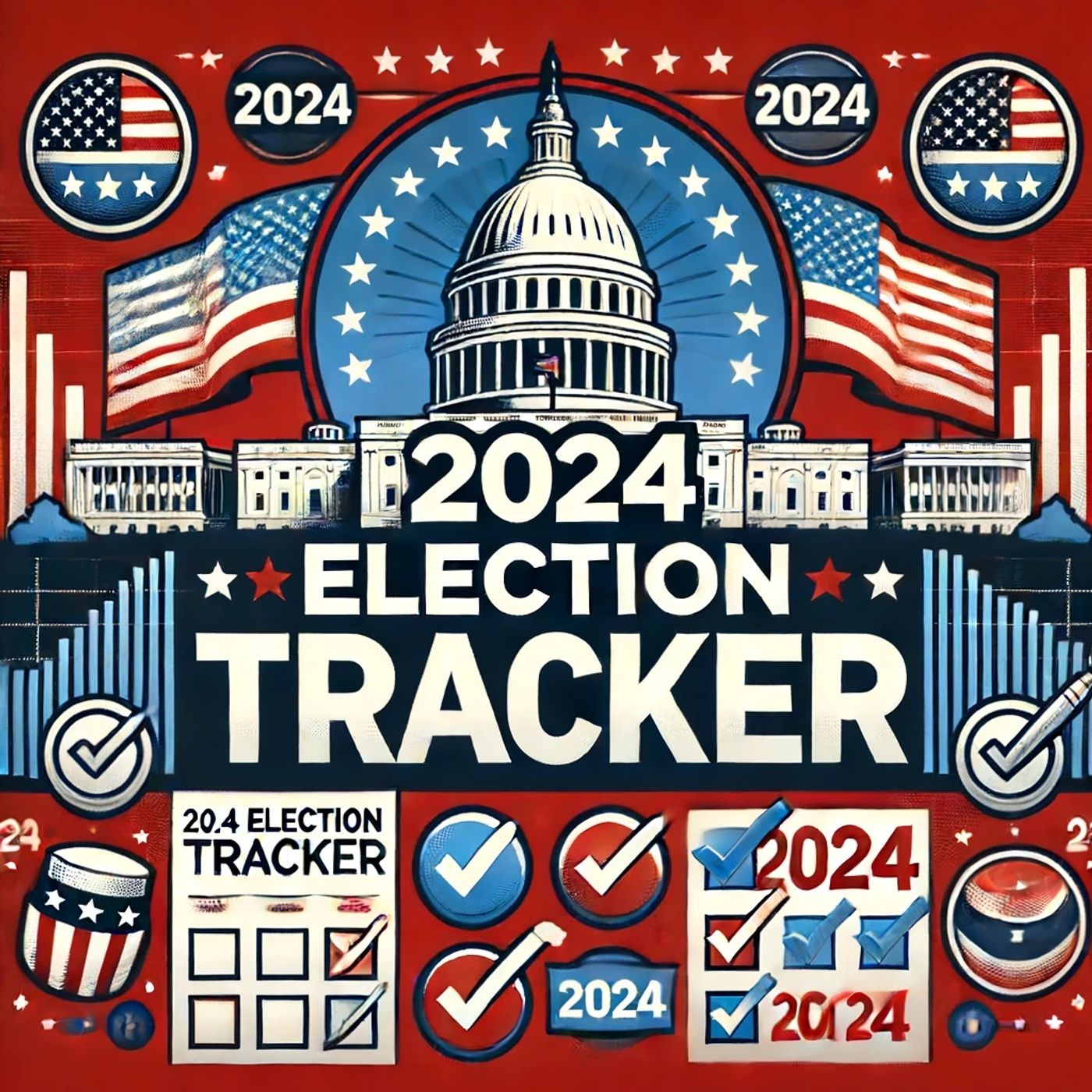2024 US Presidential Election Reveals Shifting Voter Trends, Demographic Changes
Description
In the United States, the 2024 presidential election revealed significant trends about voter preferences and demographic shifts. Donald Trump, the Republican candidate, secured a victory marked by expanding his base beyond traditional Republican constituencies. For the first time, Trump won the popular vote, a feat no Republican had achieved since 1988, except for one previous occasion.
Trump’s 2024 campaign managed to make notable inroads among Hispanic voters, younger demographic groups, and individuals without a college degree. This diversification of his voter base played a crucial role in his victory. The support from Hispanic voters aligns with a broader trend over recent years where Republican candidates have gained traction within this demographic, which has historically leaned Democratic. This shift could be indicative of changing priorities or dissatisfaction with previous administrations' handling of issues important to these voters.
Additionally, Trump's appeal to younger voters and those without a college degree suggests a resonance with his policies or messaging that spoke to the economic or social concerns of these groups. Often, these demographics are affected significantly by job market fluctuations and may feel overlooked by traditional political narratives focused on higher education and urban issues.
Analyzing voting patterns across California’s 58 counties between the 2020 and 2024 presidential elections provides further insights into these shifts. Traditionally a stronghold for the Democratic Party, the detailed county-by-county breakdown points to a broader red shift, indicating areas where Trump managed to either retain support or convert traditionally Democratic voters. This pattern was not unique to California and mirrored national trends where numerous states exhibited shifts toward the Republican ticket.
Understanding these dynamics is crucial for both parties moving forward. For the Republican Party, maintaining and expanding this diverse coalition will be essential for future electoral success. Meanwhile, the Democratic Party will need to reassess strategies to regain lost ground among key demographics that might feel their issues have been inadequately addressed.
Overall, the results of the 2024 election underscore a dynamic political landscape in the U.S., with evolving voter behaviors and shifting allegiances, suggesting that both parties need to adapt continually to the changing socio-economic narratives and concerns of a diverse electorate.
More Episodes
The 2024 elections in the United States brought forth a mix of significant developments, highlighted by a notable reduction in voter turnout in several cities across Massachusetts and decisive results in state Senate races, particularly in California.
Massachusetts Secretary of State William F....
Published 11/26/24
In the 2024 election cycle, Idaho's legislative races have seen a significant influx of campaign contributions, totaling over $7.7 million. A notable portion of this fundraising has been directed towards competitive races, including Proposition 1. This financial mobilization underscores the high...
Published 11/23/24
Published 11/23/24


